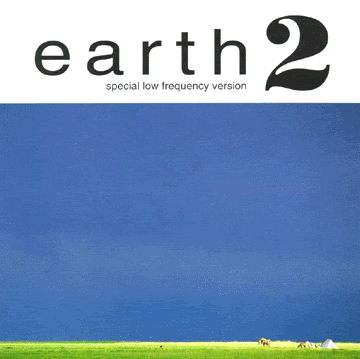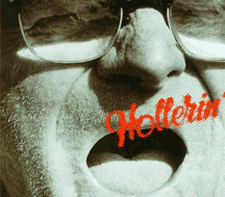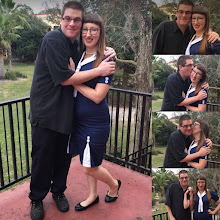
Sub Pop, 1993; available
3 tracks, 73:03
Stranger things have happened, but the sudden popularity of drone doom is still pretty odd. Seeing such bands as SunnO))) and Om being revered is nothing short of amazing, especially since the once-cult level genre is now leaking over to the hipsters. With that in mind, the recent resurgence of Earth isn't much of a surprise. SunnO))) essentially took the Earth formula of heavy drone minimalism, made it heavier, and based a career around it (and more power to them, I'm a fan!). Now that the roster of SunnO)))-owned Southern Lord records includes the revered Earth, drone doom can only get bigger. This massive disc is pretty much where it started. Earth's debut EXTRA-CAPSULAR EXTRACTION hinted at the potential for heavy minimalism, but it sounded closer to heavy grunge/Sabbath worship than pure drone. On EARTH 2, main man Dylan Carlson applied the teachings of minimalists such as Terry Riley and La Monte Young to the electric guitar and bass, creating a new genre of ambient doom metal. EARTH 2 begins with "Seven Angels", the shortest track at a comparitively miniscule fifteen minutes. "Seven Angels" actually features a discernible riff, backed by amplifier feedback and extreme distortion. Dave Harwell's bass is essentially just there to provide as heavy a backing as possible, with Carlson evoking Iommi playing at a fifth of the speed. It makes for a ever-so-slightly accessible plunge into the album. This track segues into the crushing middle track, the twenty-seven minute "Teeth Of Lions Rule The Divine". Sounding like the apocalypse, but strangely relaxing at the same time, "Teeth..." is drone upon drone, approximating the sound of a black hole. While not as heavy as SunnO))) (who named a side project after this song), it clearly was the most extreme experimentation going on in early 90s America, and its pure power and dedication to the amp is still intoxicating. Last up is the thirty-minute dirge-fest of "Like Gold And Faceted". Carlson's love of the minimalists is in full force here, for upon first listen this sounds like the same note of feedback (layered feedback at that!) held for half an hour, with the occasional percussion added by Joe Burns. A closer listen reveals there ARE changes, on a microtonal level. The end result is an impeccable combination of minimalism's micro-changes and the sheer power of a Sunn amp and a guitar. Granted, compared to the subsonic terror of today's drone doom legion, EARTH 2 sounds quaint. As a bold experiment in sound, though, it has few peers. Earth's following album PHASE 3: THRONES AND DOMINIONS has a slightly treblier tone, and it's a nice companion piece. PENTASTAR: IN THE STYLE OF DEMONS is a bland attempt at fitting the grunge mold, but it still has several good moments. The other Earth albums veer from long live jams to country-influenced post-rock heavy minimalism; all of this is well worth investigating. However, should you choose to only own the essential Earth, this is it.

